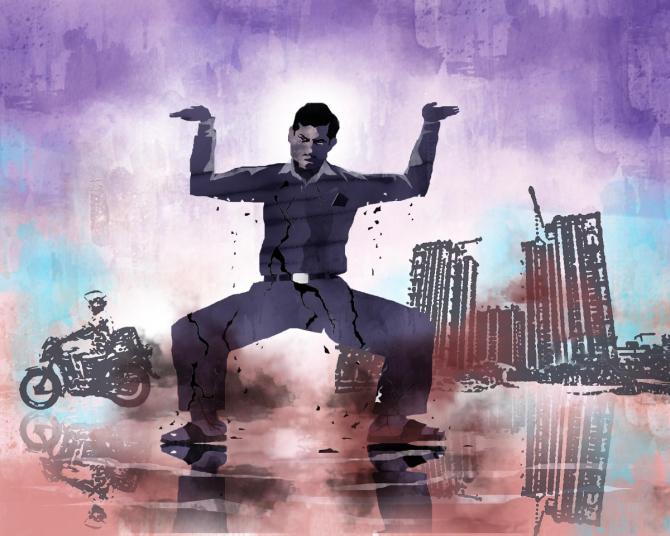The size of India’s middle class will nearly double to 61 per cent of its total population by 2047, from 31 per cent in 2020-21, as continuing political stability and economic reforms with a sustained annual growth rate of between 6 per cent and 7 per cent over the next two and half decades will make the country one of the largest markets in the world.

The findings are part of a report released on Wednesday by the People Research on India’s Consumer Economy (PRICE) and India’s Citizen Environment, a not-for-profit think tank.
The report titled, The Rise of India’s Middle Class, is based on an analysis of primary data collected by PRICE through its pan-Indian survey.
The latest report is based on responses from 40,000 households in 25 Indian states.
The strength of the middle class is expected to rise from 432 million people in 2020-21 to 715 million (47 per cent) in 2030-31 to 1.02 billion of India’s projected population of 1.66 billion in 2047.
Since there is no universal definition of who falls in the middle class, the think tank defines a middle-class Indian as one earning between Rs. 1.09 lakh and Rs. 6.46 lakh per year based on 2020-21 prices, or Rs. 5 lakh to Rs. 30 lakh annually in household terms.
Former NITI Aayog chief executive officer and India’s Group of Twenty Sherpa Amitabh Kant said that as the number of households in the middle-class category rises, there will be demand for quality health care, education, housing, consumer goods, etc.
“The government increasingly will have to focus on education and health as well as creating job opportunities.
"The vision of India becoming a fully developed country by 2047 implies that the middle class needs to be the key driver of India’s growth story,” he added.
The report takes note that although the absolute income may well be higher among the rich, the numerical strength of the Indian middle class suggests it will become the driving force of the economy.
“By the end of this decade, the structure of the country’s demographics will change from an inverted pyramid, signifying a small, rich class and a very large low-income class, to a rudimentary diamond, where a significant part of the low-income class moves up to become part of the middle class.
"Consequently, the income pyramid will have a smallish layer at the bottom comprising the destitute and aspirer groups, a huge bulge of the middle class, and a big creamy rich layer on top,” the report notes.
Besides, the report notes that in the current decade up to 2030-31, India will see a fivefold increase in its ‘super rich’ households, and a large chunk of the growth will come from rural areas, as the number of super-rich households, those earning more than Rs. 2 crore annually, went up from 1.06 million in 2016 to 1.8 million in 2021.
The report also notes that the western region has the highest number of super rich (803,000 households versus 394,000 for the northern states), with Maharashtra (648,000 super rich households) leading the chart, followed by Delhi (181,000), Gujarat (141,000), Tamil Nadu (137,000), and Punjab (101,000).
Cumulatively, close to half of India’s super rich lives in Maharashtra and Delhi.
Moreover, the report also mentions the stark difference that exists between the lowest income households and their more well-to-do counterparts, as the average all-India household income figure stands at Rs. 5.43 lakh in 2020-21, while the destitute and aspirer households earn hardly one-seventh and half, respectively, of that, while the middle class and rich households earn 13x and 50x respectively, the amount that a destitute household does.
“In terms of expenditure, the middle-class households spend 8x that of destitute households, while the rich households’ expenditure is nearly 25x that of destitute households,” it notes.











